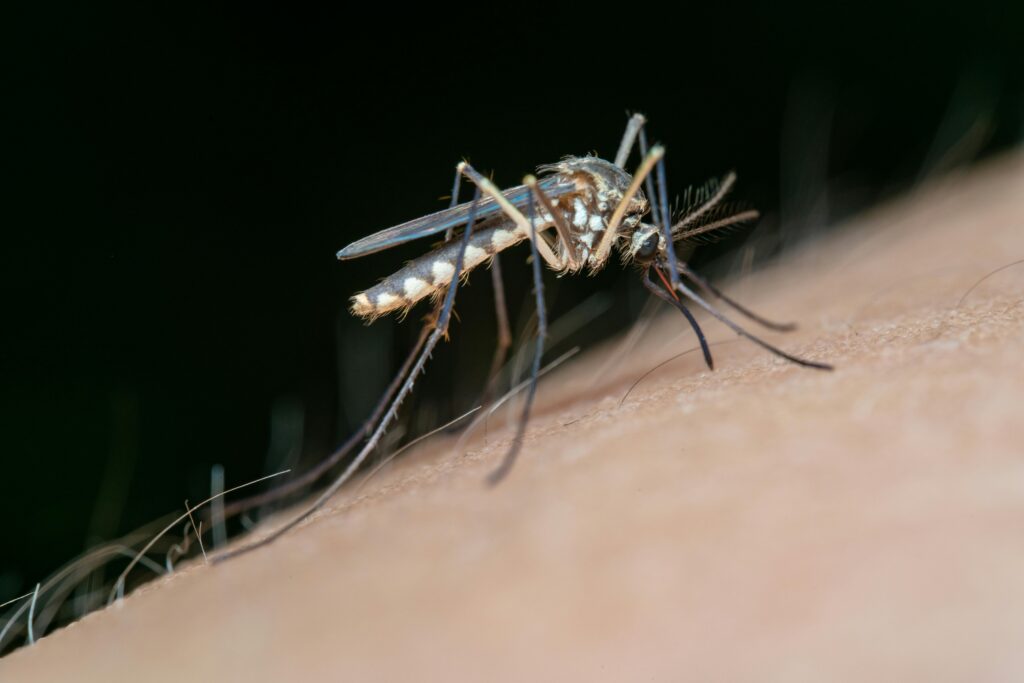Mosquitoes are more than just pesky insects; they are vectors for deadly diseases like malaria, dengue fever, Zika virus, and West Nile virus, causing millions of deaths worldwide each year. Effective mosquito control is crucial not only for nuisance reduction but also for public health protection. In this article, we will explore the best practices for mosquito control, ranging from prevention to intervention strategies, aiming to mitigate their population and minimize the risks associated with mosquito-borne illnesses.

Understanding Mosquito Behavior: Before delving into control methods, it’s essential to understand the behavior of mosquitoes. Mosquitoes breed in standing water, making any stagnant water source a potential breeding ground. They are most active during dawn and dusk but can bite at any time. Female mosquitoes require blood meals for egg production, making them the primary vectors of diseases.
Best Practices for Mosquito Control:
- Source Reduction: The most effective way to control mosquitoes is to eliminate their breeding sites. This involves identifying and eliminating or treating standing water where mosquitoes lay their eggs. Common breeding sites include:
- BirdbathsClogged guttersFlowerpot saucersOld tiresUnused containers
- Habitat Modification: Altering the environment to make it less hospitable to mosquitoes can complement source reduction efforts. This includes:
- Ensuring proper drainage to prevent water accumulation.
- Keeping vegetation trimmed to reduce resting sites for adult mosquitoes.
- Installing screens on windows and doors to prevent mosquitoes from entering buildings.
- Using landscaping techniques like planting mosquito-repelling plants such as citronella, lavender, and marigolds.
- Biological Control: Introducing natural predators or biological agents that target mosquito larvae can be an environmentally friendly approach to control their population. Examples include:
- Mosquito fish (Gambusia affinis), which feed on mosquito larvae in water bodies like ponds and ditches.
- Bacillus thuringiensis israelensis (Bti), a bacterial larvicide that kills mosquito larvae but is safe for humans and other non-target organisms.
- Predatory insects like dragonflies and certain species of copepods that feed on mosquito larvae.
- Chemical Control: When other methods are insufficient, chemical control measures can be employed. It’s crucial to use pesticides judiciously and responsibly to minimize environmental impact and non-target effects. Key considerations include:
- Choosing insecticides that are specifically formulated for mosquito control and approved by relevant authorities.
- Applying pesticides according to label instructions and regulations.
- Targeting areas where mosquitoes rest or breed rather than blanket spraying.
- Rotating insecticides to prevent the development of resistance in mosquito populations.
- Community Engagement: Mosquito control is most effective when communities work together. Educating the public about mosquito biology, disease transmission, and prevention methods empowers individuals to take action. Community-based initiatives may include:
- Organizing clean-up campaigns to remove potential breeding sites.
- Establishing neighborhood watch programs to monitor and report mosquito activity.
- Collaborating with local authorities and public health agencies to implement integrated mosquito management strategies.
- Surveillance and Monitoring: Regular surveillance of mosquito populations and disease prevalence is essential for informed decision-making and early detection of outbreaks. Surveillance methods may include:
- Trapping and monitoring adult mosquitoes to assess population dynamics and species composition.
- Testing mosquitoes for pathogens to monitor disease transmission risk.
- Conducting epidemiological studies to identify high-risk areas and vulnerable populations.
- Integrated Mosquito Management (IMM): Integrated Mosquito Management is a holistic approach that combines multiple control strategies to achieve sustainable mosquito control while minimizing environmental impact. IMM emphasizes:
- Using a combination of methods tailored to specific mosquito species and local conditions.
- Monitoring and evaluating the effectiveness of control measures through surveillance and research.
- Engaging stakeholders from various sectors, including government agencies, communities, and the private sector, in collaborative efforts.
- Adapting strategies based on scientific evidence, risk assessment, and stakeholder feedback to optimize outcomes.
Conclusion: Effective mosquito control requires a multifaceted approach that addresses the various stages of the mosquito life cycle and considers ecological, social, and economic factors. By implementing best practices such as source reduction, habitat modification, biological control, and community engagement, communities can reduce mosquito populations, mitigate disease transmission, and create healthier environments for all. Integrated Mosquito Management provides a framework for coordinated action, emphasizing the importance of collaboration and innovation in combating mosquito-borne diseases. Ultimately, proactive and sustained efforts in mosquito control are essential for protecting public health and enhancing quality of life globally.

